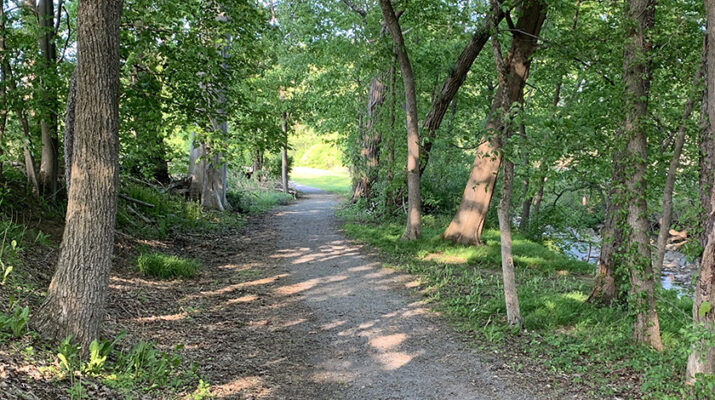Which ones are the healthiest, most fun, and easiest to try?
By Daniel Baldwin

There are an unlimited number of outdoor activities and exercises people can do or try during the summer. But which ones are the best from a health standpoint?
Here are six summer outdoor activities and exercises that could definitely improve one’s health and are worth trying.
1. Walking
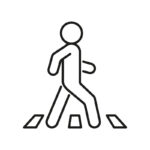 Walking is the easiest exercise and obvious choice on this list. But there are some interesting health-related facts people may not know about this activity.
Walking is the easiest exercise and obvious choice on this list. But there are some interesting health-related facts people may not know about this activity.
Did you know that walking helps tame your sweet tooth?
A study, by the University of Exeter, found that a 15-minute walk can reduce your craving for chocolate and other sugary snacks.
Do women know that walking, for a few hours, reduces their risk of getting breast cancer? According to the American Cancer Society, women, who walk seven or more hours a week, have a 14% lower risk of getting breast cancer as opposed to those who walk three hours or fewer during the week. The longer women walk, the lower their risk drops.
It is always good to walk, whether it’s on the streets, in the woods, or on a trail. If anyone does not like walking on the streets near oncoming traffic, then there are many walking trails alongside the Erie Canal and in the Mohawk Valley.
2. Cycling/Biking
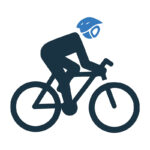
Cycling is good for your heart and lungs, reducing your risk of getting cardiovascular diseases, according to Betterhealth.gov. Cycling also improves joint mobility and strengthens bones, according to Bikeradar.com. Melissa Britt, nurse practitioner for iHealth in Utica, said that cycling is good for your back and knees, putting less pressure on them while pedaling.
“Sometimes walking would put too much pressure on someone’s back and knees,” Britt said. “So biking would be better for backs and knees.”
It even increases your brain power, makes you smarter and helps you live longer, according Bikeradar.com.
“I would say it’s true,” said Stephen Nahumck, owner of Dick Sonne’s Cycling, Fitness, and Ski Store in New Hartford. “Cycling makes you feel like a little kid again. It gets you excited. It gets you outside. It makes you healthier. It never seems to be a bad day when you’re on a bike. The smarter aspect, I would say, is making your brain power work a little more because you have to do multiple things at once. You have to be looking where you’re going. You’ve got to be using your brakes. It kind of keeps you guessing at the same time.”
3. Hiking
 Britt said hiking is better, health-wise, than walking because you are going up and down terrains as opposed to walking on a flat trail or street.
Britt said hiking is better, health-wise, than walking because you are going up and down terrains as opposed to walking on a flat trail or street.
“It’s better overall because you are going up and down different terrains,” Britt said. “So it would be more beneficial for your legs and heart. Anytime you increase the blood supply in the legs, the heart gets better.”
There are hiking trails at Hamilton College, in Clinton, and Proctor Park, in Utica.
4. Playing Baseball and Softball
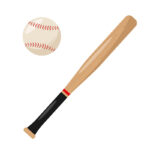 Baseball and softball players are using their whole bodies while playing this sport. They’re throwing the baseball, swinging the bats, running the bases and bending to catch the ball or put the runner out on base. They are building muscles in their arms, legs, upper and lower portion of their bodies. Baseball and softball players are getting a full-body workout while playing this sport.
Baseball and softball players are using their whole bodies while playing this sport. They’re throwing the baseball, swinging the bats, running the bases and bending to catch the ball or put the runner out on base. They are building muscles in their arms, legs, upper and lower portion of their bodies. Baseball and softball players are getting a full-body workout while playing this sport.
[Baseball is] good for really the whole body,” Britt said. “You’re using your arms and legs. You’re running, which is good for cardio. There’s muscle building in the arms and legs.”
Players are also getting a great mental workout, while playing seven, nine or more innings.
“Baseball and softball are mental-type games too,” said Jeff Knittel, general manager of Accelerate Sports Complex in Whitesboro. “There are so many strategic and tactical areas within the game that you’re going to be doing. Knowing certain situations throughout the game, like if somebody is on first base, what are you going to do with the ball, or if you’re hitting, what are you doing. What’s my certain role at this point with one or two outs. Balls and strikes. So, I think that helps as well, not just physically, but mentally.”
This sport even improves players’ social skills, as they are talking and hanging out with their teammates before the game, in the dugout, in between innings, and/or during the actual game.
“You’re working together as a team,” Knittel said. “That helps tremendously as far as communication and socially working with other people. Plus most teammates end up being friends outside of it as well, so it does help you tremendously on the social aspect of it.”
5. Playing Beach Volleyball
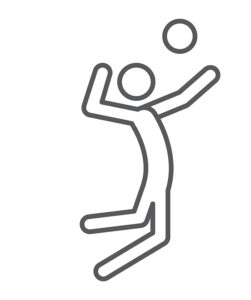
Jim Nichols, president of the Syracuse Volleyball Club in Liverpool, said that beach volleyball is a lifetime sport.
You can play this sport at any age, whether you’re 9 or 70. You can play with your family, friends and opposite sexes.
Beach volleyball can be hard for those who want to learn and be good at it, according to Beachvolleywarriors.com. But it can also be fun.
“Anytime it’s easy and fun, people enjoy playing that sport,” Nichols said. “Anytime you’re in a social setting, while playing, it’s more relaxing for you.”
Beach volleyball takes less of a toll on your body. You rarely suffer any pain or injuries while playing this sport.
“Sand (beach) volleyball is probably the easiest on your body than any other sport,” Nichols said, “because it’s a soft-landing spot. You’re not on a hard court. The impact on your joints is very light.”
6. Swimming
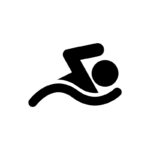
Swimming is another full-body exercise.
You can learn it at any age and you don’t have to be fit to learn how to swim.
“There is no age limit to learning how to swim,” said Alice Laughlin, owner and head swimming coach for Total Immersion Swimming in New Paltz. “You can learn skills up in your 70s. You don’t have to be tremendously fit in order to swim and it’s very gentle on the joints because you’re not bearing your own weight. So that is an attractive point for people that are overweight. That’s very attractive for adults that never learned before. You can be any age, any gender and any height or weight. Swimming is very forgiving on the body.”
Swimming improves breathing and lowers your heart rate, according to Drskedros.com.
This activity strengthens your core muscles, as your body moves you through the water.
“The core body is the engine, where the power is to move forward,” Laughlin said. “Swimming is not arms and legs moving. The core body moves and then the arms follow. It is the big muscles in your glutes and quads. They’re holding you up in the world. The legs are the stabilizers and the arms are the applicators.”
Those who swim with a good posture can relieve the pain and tension in their back and neck.
“One can eliminate neck pain and back pain by doing two things while swimming freestyle,” Laughlin said. “Point one; you look down at the bottom of the pool. You let your head rest on the water as if you are snorkeling. You do not look forward. Point two; you don’t swing your arms high in the air. They should always be entering the water at a 45-degree angle. It’s an immense relief on the back.”

